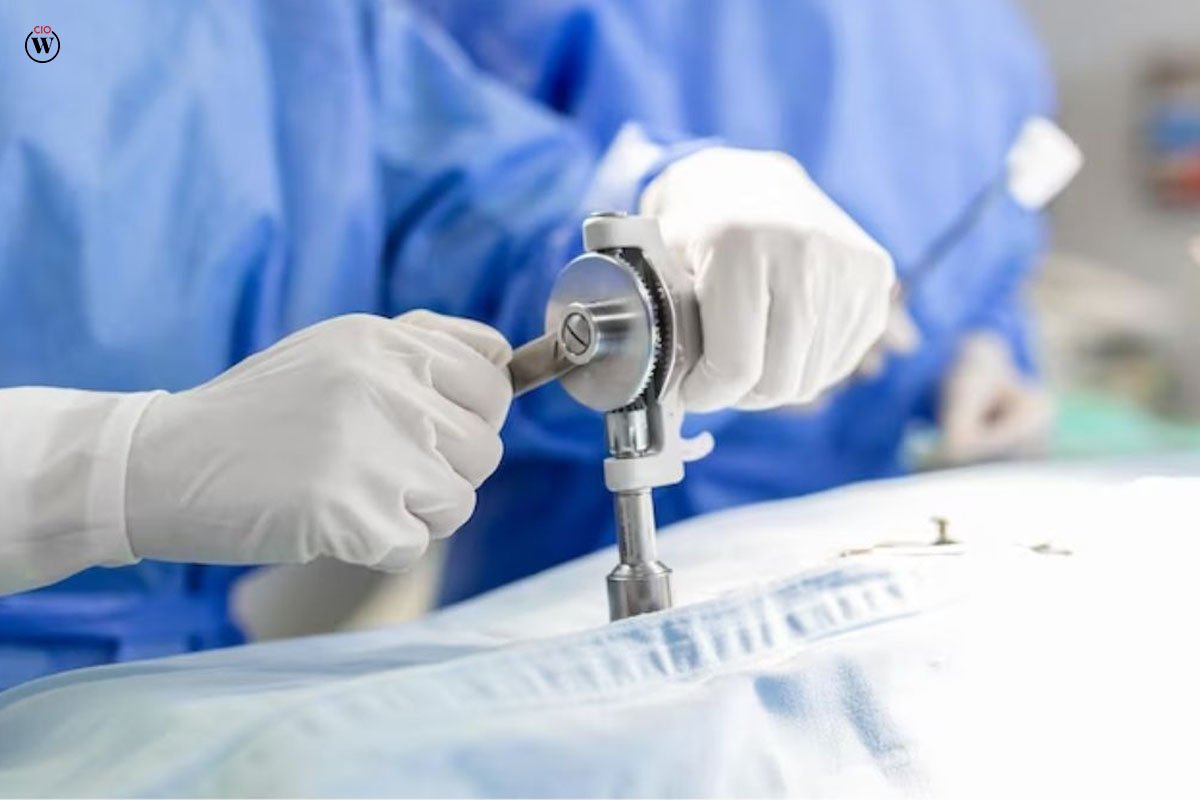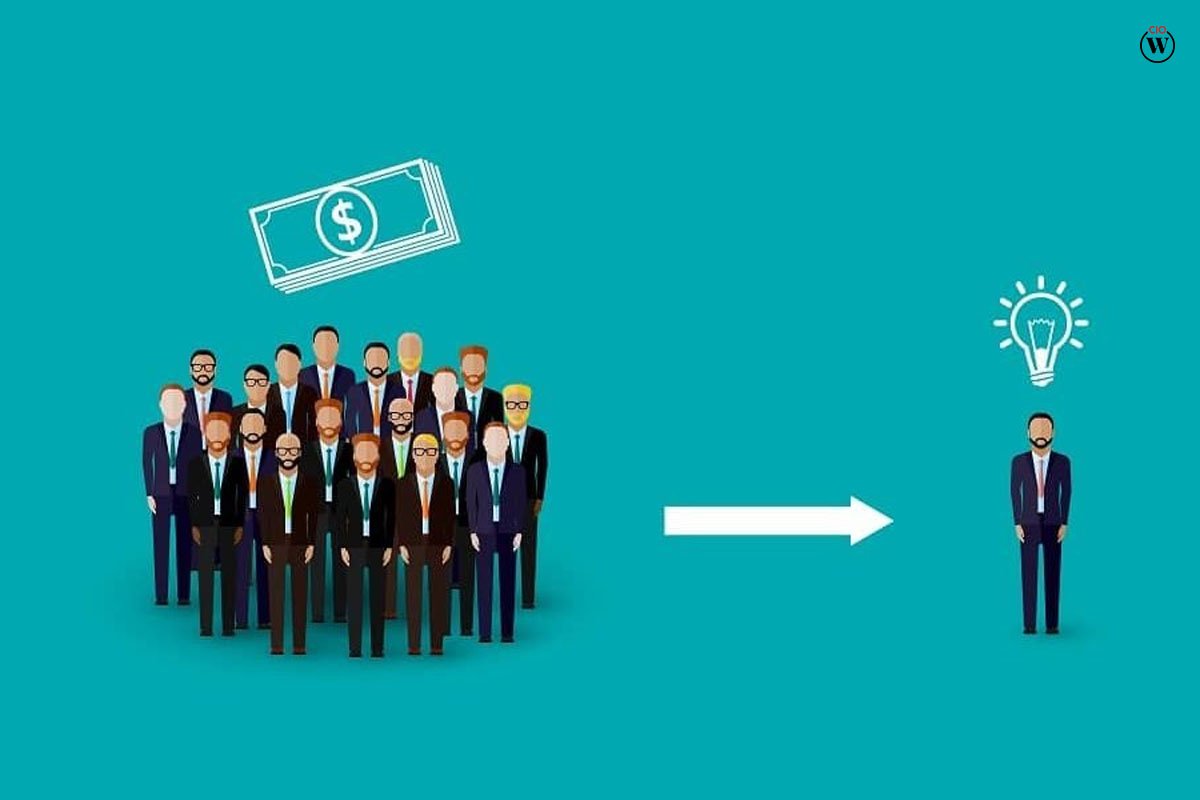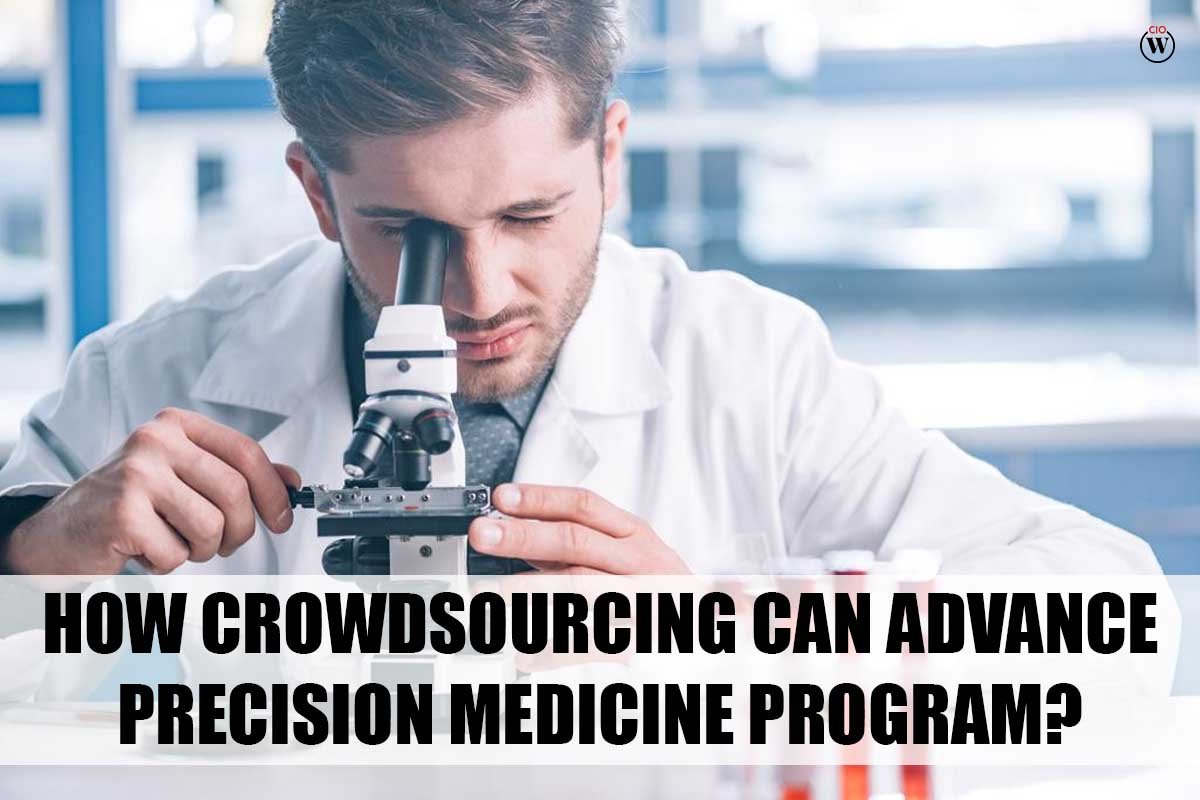The vast promise of the Crowdsourcing in Precision Medicine Program is not lost on the healthcare industry. Medical therapies developed with the assumption that “one size fits all” would work for everyone have produced inconsistent outcomes and underwhelming outcomes for patients who do not share the “typical patient’s” health profile.
Medical providers may provide more effective care by customizing it to each patient based on their unique genetic, environmental, and lifestyle factors.
What if, for instance, medical professionals had a better idea of which COVID-19 vaccination would work best for a given patient given their individual health profile, or how to effectively treat the wide range of symptoms that accompany chronic COVID?
Precision medicine has arrived. Already, these advancements have led to groundbreaking new discoveries and various novel therapies that are customized to certain traits, like a patient’s genetic composition or the genetic profile of their tumor.
Molecular testing is already an integral component of the treatment process for many cancer patients, allowing doctors to personalize therapy in ways that boost survival rates and reduce side effects.

How therefore can stakeholders in precision medicine (including but not limited to developers, regulators, citizen scientists, research teams, small business owners, and healthcare organizations) make progress in the regulatory science necessary to guarantee the safety and effectiveness of regulatory tools? Crowdsourcing competitions open to the public are a useful starting step.
When it comes to precision medicine, Crowdsourcing in Precision Medicine Program might provide varying results depending on who participates. As a whole, crowdsourcing-based outreach is a useful strategy for raising public understanding and participation in precision medicine.
Through public Crowdsourcing in Precision Medicine Program Program stakeholders (such as pharmaceutical and bioinformatics companies, as well as academic institutions) can be incentivized to compete for novel discoveries (such as new genetic markers of disease) and a faster, more cost-effective path to product development.
The crowdsourcing process then serves as a platform for various parties to demonstrate and verify the efficacy of their technology. Moreover, regulators like the FDA that ensure the safety and efficacy of precision medicine products for the public market can use crowdsourcing to advance precision medicine regulatory science, such as by encouraging the development of novel tools and methods for assessing product performance and detecting postmarket safety signals.
Read on to see how Crowdsourcing in Precision Medicine Program may help.
Crowdsourcing in Precision Medicine Program: what is it and how can it help you?
In crowdsourcing, a large number of people from different locations are enlisted to help with a certain task or project by providing suggestions, ideas, information, and knowledge. Crowdsourcing has shown to be especially useful in supporting new discoveries in science and research, as seen most recently in the ground-breaking area of precision medicine, by harnessing a worldwide community of specialists and academics and leading them toward a single, specified aim.
In order to discover indels in the oncopanel sequencing datasets, participants in the NCTR Indel Calling from Oncopanel Sequencing Data Competition are tasked with creating, validating, and benchmarking indel calling programs (PrecisionFDA, 2022).
Precision medicine is a fast-developing discipline of medicine that depends on quickly improving technology. The difficulties inherent in this setting are many and intricate, necessitating a diverse set of lenses through which to examine the situation. Just what you need, and just what Crowdsourcing in Precision Medicine Program provides.

And because it’s so novel and interesting, with the possibility of enormous advancements at every turn, it piques the interest and energy of scientific communities all over the world, unleashing a wave of collective excitement and passion that leads to game-changing innovations conceived through crowdsourcing.
Bringing a new scientific discovery to market is a lengthy and costly process that requires extensive research, development, and testing. Using Crowdsourcing in Precision Medicine Program to do this faster is possible. This is particularly true during the development stage, which may be likened to open-source software in that it can evolve relatively freely in comparison to closed/proprietary software.
The scientific discovery potential of crowdsourcing is just one of its many benefits. It also provides a low-cost method of tapping into a large pool of talent and knowledge via limited-time challenges.
Additionally, this method democratizes the whole innovation process by providing a stage for individuals, groups, and institutions of all sizes to compete and showcase their expertise in high-visibility challenges, ultimately expanding their access to marketable products and services.
Last but not least, crowdsourcing is an effective method to spread opportunities for real-world education and development. Putting participants through a real-world experiment or exercise helps them make the transition from theoretical to practical knowledge. By doing so, we may improve our understanding of abstract concepts and theoretical frameworks via the use of crowdsourced work.
Crowdfunding in practice: ready-made ideas
A good example of crowdsourcing in action is the precisionFDA NCTR Indel Calling from Oncopanel Sequencing Data Competition, which took place in two stages. It is worth thinking about how Crowdsourcing in Precision Medicine Program may help in testing and validating onto panels, which are next-generation sequencing techniques that provide doctors with a genetic perspective on cancers.
There aren’t many, if any, benchmarks for evaluating, testing, and comparing oncopanel tools yet since the technology is so young. With the goal of advancing oncopanel regulatory science, this challenge is reaching out to the precision medicine, oncology, and next-generation sequencing communities for assistance in developing benchmarking algorithms and methods.

To be able to detect insertion/deletion mutations (indels), a kind of genetic variation in which a particular nucleotide sequence is either present (insertion) or missing (deletion), is an important part of meeting this challenge (deletion).
Detecting indels in a genome’s sequence is crucial since these mutations have been linked to carcinogenesis. In order to overcome this widespread issue with next-generation sequencing, Crowdsourcing in Precision Medicine Program encourages the on-panels and next-generation sequencing expert community to provide appropriate methods.
Several research institutions throughout the globe have already begun tackling this problem, and they would be thrilled to show off their progress and compare their approach to others currently in the works. The best indel-calling pipelines may be evaluated and chosen from among the community of top researchers via crowdsourcing.
To make crowdsourcing a more integral and major aspect of precision medicine initiatives, developers, regulators, citizen scientists, research teams, small business owners, and healthcare institutions can and should take action today. Please think about the following as possible next steps:
- Safe hosting space that has a testing protocol
- From brainstorming to announcing the best performers, there are proven methods that may be used to ensure success.
- Team members range from data scientists to graphic designers and program manager (s)
- Partners or internal connections with leading issues and relevant data (if appropriate) should be evaluated and utilized in tackling difficulties.
When stakeholders such as precision medicine developers, regulators, citizen scientists, research teams, small business owners, and healthcare organizations incorporate crowdsourcing into their precision medicine programs, they can dramatically broaden the scope of their thinking and the methods they use to tackle the many challenges in this rapidly evolving field of science and technology.









